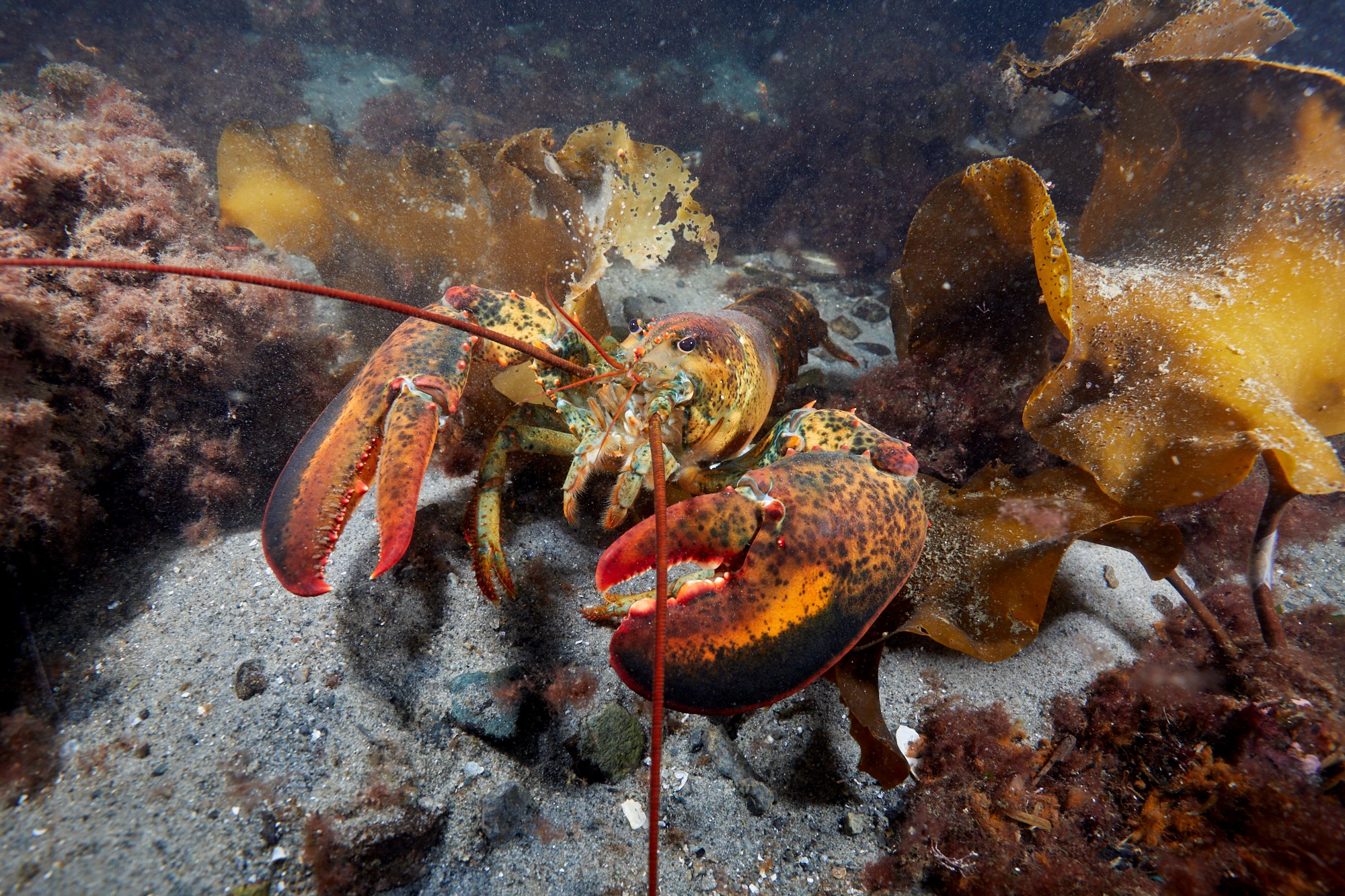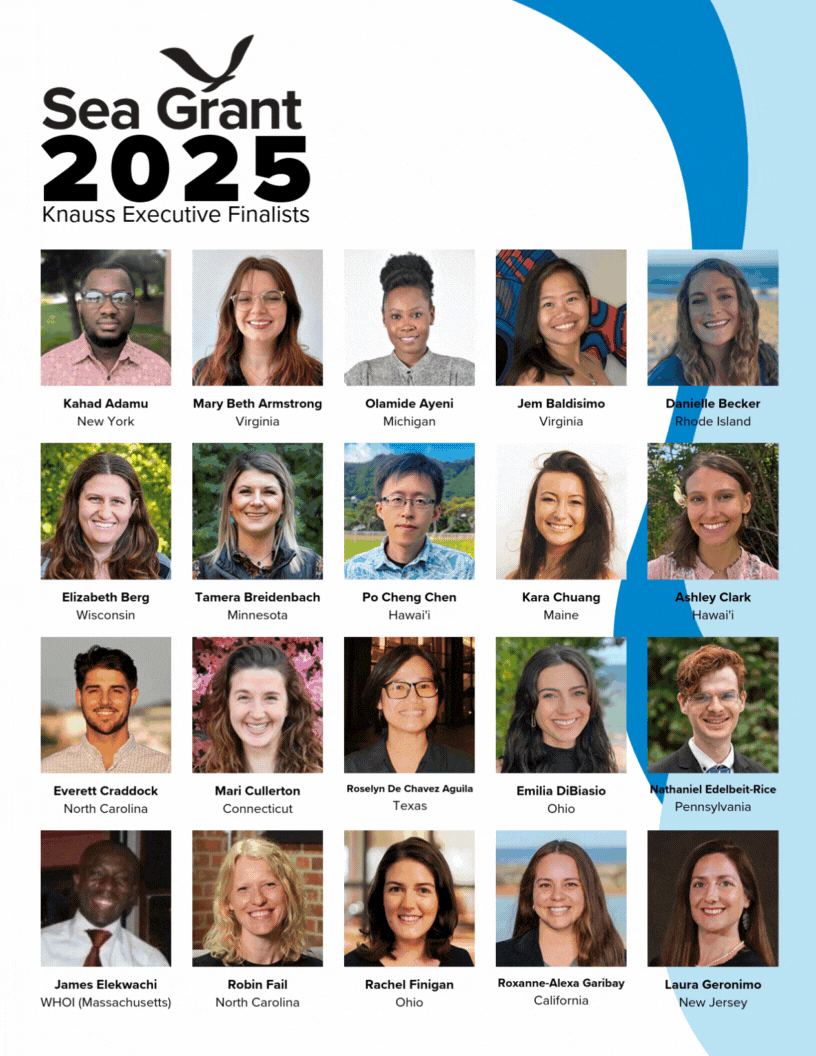USC Sea Grant’s Collaborative, Applied Fisheries Research
By: Charlotte Stevenson, University of Southern California (USC) Sea Grant
It seems like the premise of a horror movie: giant armies of purple sea urchins mysteriously congregating, marching across the sea floor, and mowing down entire kelp forests. But alas, this is no movie. Fishermen and scientists in Southern California have been watching the spread of “urchin barrens” for decades, but why and when these armies of urchins decide to march through an area is still unknown in the world of marine biology.
Clear-cutting a kelp forest is, of course, an ecological issue since kelp forests provide habitat and sustenance for hundreds of marine species. However, this clear-cutting has also become a major economic issue for red sea urchin fishermen, who sell the male and female gonads (testes and ovaries) as valuable “uni” in the sushi markets. The red urchin fishery is ranked in the top five in California by weight and value ($8.4 million in 2012).
USC Sea Grant recently funded an urchin/kelp research project by The Bay Foundation—a non-profit environmental group focused on the restoration and enhancement of Santa Monica Bay and local coastal waters—and the research results have been immediately applied to benefit adaptive resource management, habitat restoration and health, and even coastal commence. The project united The Bay Foundation, researchers at Occidental College, and local red urchin fishermen to show that purple urchin barrens have a significant negative effect on the population and gonad size of red urchins as well as other commercially important fishery species dependent on kelp forests. More importantly, Tom Ford, Executive Director of The Bay Foundation and co-lead PI on this project, has shown that kelp forest restoration is possible in barrens when purple urchins are selectively removed.
“Put simply, we go from barren rocks to kelp forest stretching to the surface within a year to a year and a half. This means more larger fish and invertebrates…the changes are dramatic and rapid. It’s really cool to see,” says Tom.
Tom and his team have been able to calculate the area of urchin barren habitat on Palos Verdes that, if restored to a thriving kelp forest, would contribute to a significant increase in gonad biomass available to the red urchin fishery. Not surprisingly, this projection garnered support among environmentalists, marine scientists, and some local fishermen to move forward with a unique, cooperative, large-scale kelp forest habitat restoration in the region. To date, 39 acres of kelp forest have been restored by selective purple urchin removal.
USC Sea Grant was heartened by the optimism of Terry Herzik, a local, commercial, red urchin fishermen involved in the project. “Collaborative projects like these are the way of the future…these projects promote respect both ways…we [scientists and fishermen] all have a lot to learn about each other and from each other,” said Terry.
This is the type of collaborative, immediately applicable work that USC Sea Grant sees as critical to solving the problems of the urban ocean.
For more information:
http://dornsife.usc.edu/uscseagrant/pondella/
http://www.santamonicabay.org/explore/in-the-ocean/kelp-forest-restoration/


